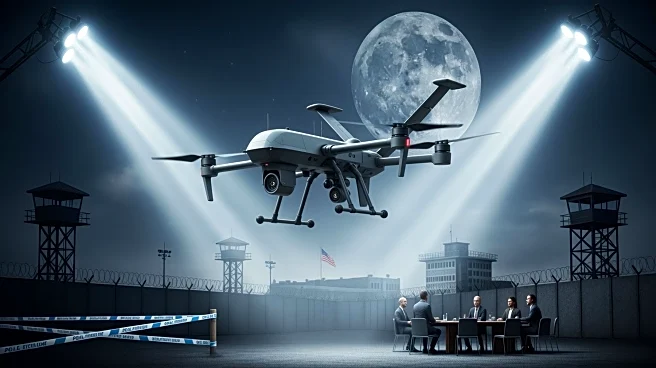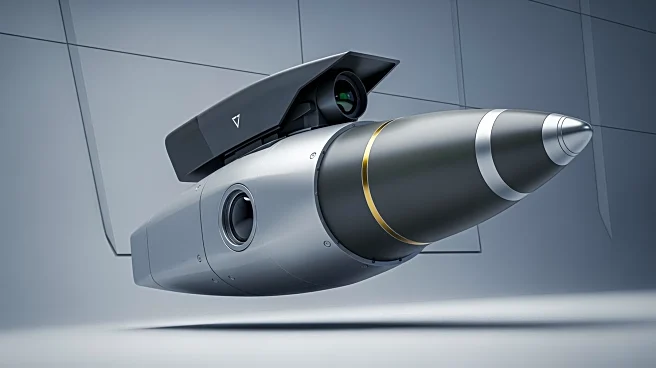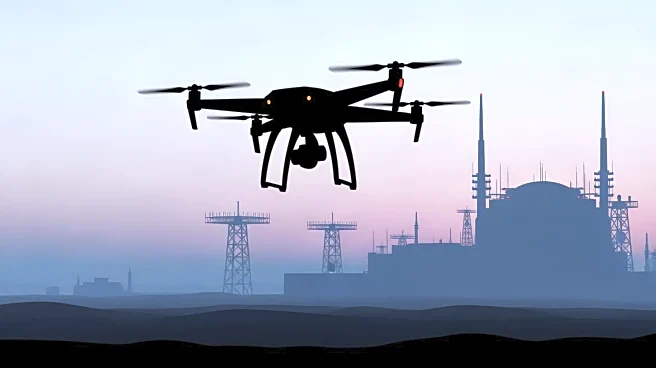What's Happening?
General Atomics Aeronautical Systems (GA-ASI) has introduced the Gambit 6, the latest in its series of unmanned collaborative combat aircraft (CCA), at the International Fighter Conference 2025 in Rome.
The Gambit 6 is designed to complement manned combat aircraft, focusing on air-to-surface operations. This iteration adds air-to-ground capabilities to its existing air-to-air functions, making it suitable for electronic warfare, suppression of enemy air defenses (SEAD), and deep precision strikes. The platform features a modular architecture and a signature-reducing internal weapons bay. GA-ASI plans to make the Gambit 6 available for international procurement by 2027, with European-specific versions expected by 2029. Patrick Shortsleeve, vice-president of DoD Strategic Development at GA-ASI, emphasized that these developments are meant to enhance pilot capabilities rather than replace them.
Why It's Important?
The introduction of the Gambit 6 represents a significant advancement in unmanned aerial vehicle technology, particularly in enhancing air-to-surface combat operations. This development is crucial for modern defense strategies, as it provides versatile options for electronic warfare and precision strikes, which are increasingly important in contemporary military engagements. The Gambit 6's ability to operate alongside manned aircraft as a 'loyal wingman' enhances the overall combat effectiveness and safety of military operations. The international availability of this platform by 2027 indicates GA-ASI's commitment to expanding its market and providing sovereign capabilities to European partners, potentially influencing global defense procurement and collaboration.
What's Next?
GA-ASI is actively building industry partnerships throughout Europe to support the deployment of the Gambit 6 and other platforms. As the Gambit 6 becomes available for international procurement, defense agencies worldwide may begin evaluating its capabilities for integration into their existing fleets. The focus on air-to-surface operations could lead to shifts in military tactics and strategies, emphasizing precision and electronic warfare. Stakeholders, including defense contractors and military strategists, will likely monitor the Gambit 6's performance and adaptability in various combat scenarios, potentially influencing future developments in unmanned combat aircraft technology.
Beyond the Headlines
The Gambit 6's development highlights the growing trend towards unmanned systems in military operations, raising ethical and strategic questions about the role of automation in warfare. As these systems become more advanced, discussions around the balance between human and machine roles in combat will continue to evolve. The emphasis on enhancing rather than replacing human capabilities reflects ongoing debates about the future of military technology and the ethical implications of autonomous systems.












